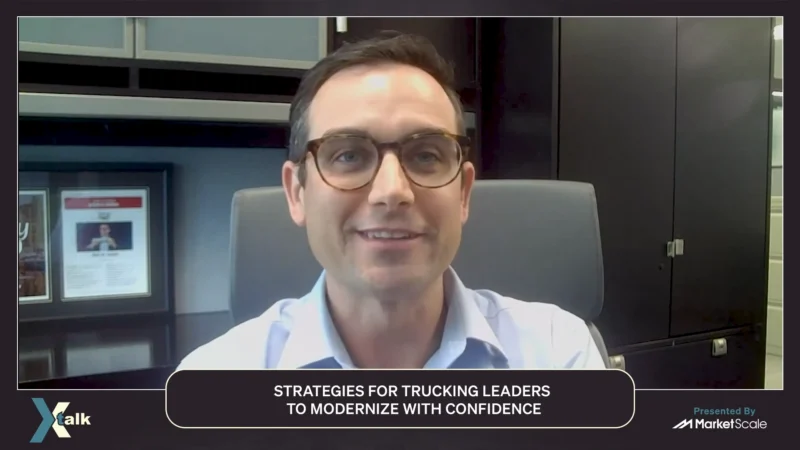Beyond the Concept: Automation in the Airlines and Aerospace Markets
Steve Strong, Regional Engineering Manager, Seattle, at Concept Systems, spoke with Tyler Kern about some of the automation challenges in the airline and aerospace industries. Something both markets have in common: they each have expensive and complex products to manufacture and automate.
Strong said because of these complexities, the proposals Concept Systems does and the projects they execute in that space are often some of their most expensive, complicated, and significant projects.
“You have potentially millions of dollars of product that you’re working on, and so you have to be cognizant of that and make sure there’s no margin for error in the work you do,” Strong explained.
A lot of pre-planning goes into these types of projects to ensure the expected outcome is the outcome. And Strong said another product Concept Systems offers is their collision avoidance product called On Guard.
“We have a product that can be added on to the top of any motion platform,” Strong said. “We see this getting purchased with robot platforms. In real-time, it can track the state of that work cell and compare it against a digital model to ensure that the next move won’t cause a collision or cause an error in the work cell.”
When Strong looks at the big picture and all the major players in the airline and aerospace markets, he sees a move towards automation in manufacturing instead of the more traditional static build approach of the past.
“I do think we will see more of an automotive factory style of production in both the commercial space and the defense and space areas,” Strong noted.



